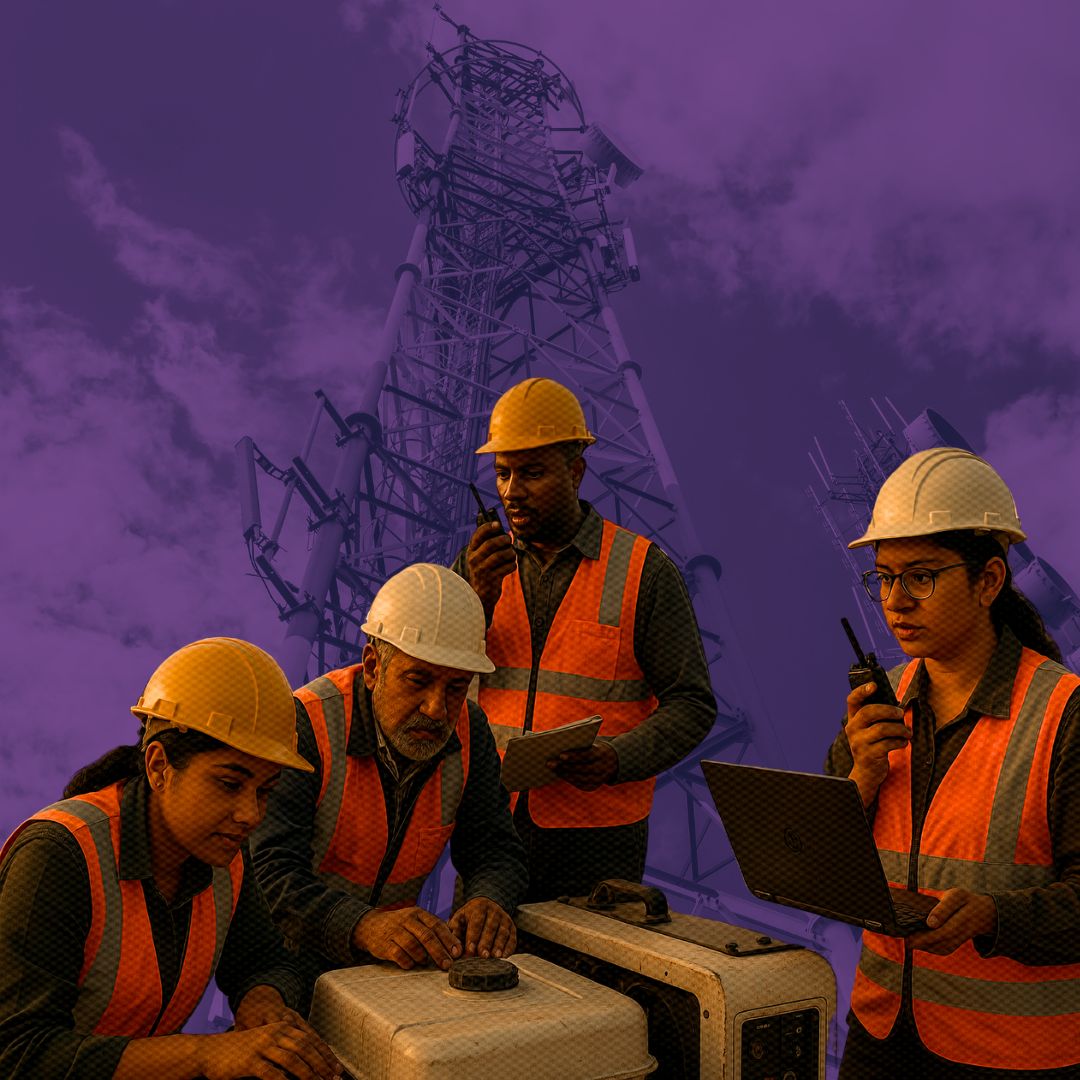In the wake of Operation Sindoor, a series of precision strikes by Indian armed forces targeting terror camps in Pakistan and Pakistan-occupied Kashmir (PoK), the Department of Telecommunications (DoT) has issued a crucial directive to all telecom service providers (TSPs).
Dated May 7, 2025, the circular mandates telcos to enhance disaster-level preparedness and tighten network security across the country, with special focus on border and disaster-prone areas. The directive instructs operators to strictly follow the 2020 Standard Operating Procedures (SOPs) for telecom disaster management, maintain fuel reserves for power backup at critical sites, deploy rapid repair teams, and ensure uninterrupted connectivity during emergencies.
This move comes amid increasing national security concerns and a surge in cyber threats, with the government emphasising close coordination between telecom companies, state governments, and defence agencies to safeguard vital communication infrastructure.
Telecom Sector Mobilises to Safeguard National Security and Public Safety
The DoT’s circular underscores the indispensable role telecom networks play in national security, emergency response, and public safety. Operators are required to conduct rigorous testing of communication equipment, backup power systems, and media paths to ensure readiness in crisis situations.
The directive specifically calls for the activation of Intra-Circle Roaming (ICR) capabilities, enabling seamless service continuity if primary network nodes are compromised. Telecom companies must maintain adequate diesel reserves for generators at mobile towers, particularly in remote and border regions, to prevent power outages that could disrupt communication.
Additionally, repair teams equipped with spare parts and specialised tools are to be strategically positioned for rapid deployment to affected sites. Local Licensed Service Area (LSA) heads have been tasked with coordinating closely with state governments to facilitate swift movement of personnel and equipment during emergencies, as well as to secure telecom infrastructure from sabotage or attacks.
Complementing these steps, the government’s cybersecurity agency CERT-In has issued heightened alerts to critical sectors, reflecting an urgent need to strengthen defences against escalating cyberattacks targeting communication networks.
Operation Sindoor and the Evolution of Telecom Disaster Preparedness
Operation Sindoor was launched following the tragic Pahalgam terror attack on April 22, 2025, which claimed the lives of 26 civilians. In response, the Indian armed forces executed 24 precision missile strikes on nine terror camps associated with Lashkar-e-Taiba, Jaish-e-Mohammed, and Hizbul Mujahideen, significantly degrading their operational capabilities.
This military action has heightened the imperative for robust communication networks that can withstand both physical and cyber threats. The DoT’s directive aligns with the updated 2020 Standard Operating Procedures (SOP) for telecom disaster management, which provide a comprehensive framework encompassing mitigation, preparedness, response, and recovery phases.
These SOPs advocate a unified emergency response mechanism leveraging advanced technologies such as geo-location tracking, satellite communication, and real-time network monitoring to enhance public safety and disaster relief efforts. Furthermore, this initiative complements broader national strategies, including the Coalition for Disaster Resilient Infrastructure (CDRI) and the Ministry of Communications’ ongoing efforts to build a resilient and secure telecom ecosystem across India, especially in vulnerable border and disaster-prone zones.
The Logical Indian’s Perspective
The government’s decisive action to fortify telecom infrastructure resilience and security is a vital step in ensuring that citizens maintain uninterrupted access to critical communication during times of crisis. In today’s interconnected world, where natural disasters and security threats are increasingly complex and frequent, robust and secure telecom networks are foundational to effective emergency response, social cohesion, and national unity.
We at The Logical Indian believe that fostering transparency, collaboration, and innovation among telecom operators, government bodies, and communities is essential to building a communication landscape that upholds peace, empathy, and coexistence. Equally important is balancing security measures with citizens’ privacy rights and freedoms.
As we navigate these challenges together, we invite our readers to reflect: How can communities and service providers collaborate more effectively to create a resilient, inclusive, and trustworthy communication network that serves everyone in times of uncertainty? Share your thoughts and experiences with us to help shape a safer, more connected India.












